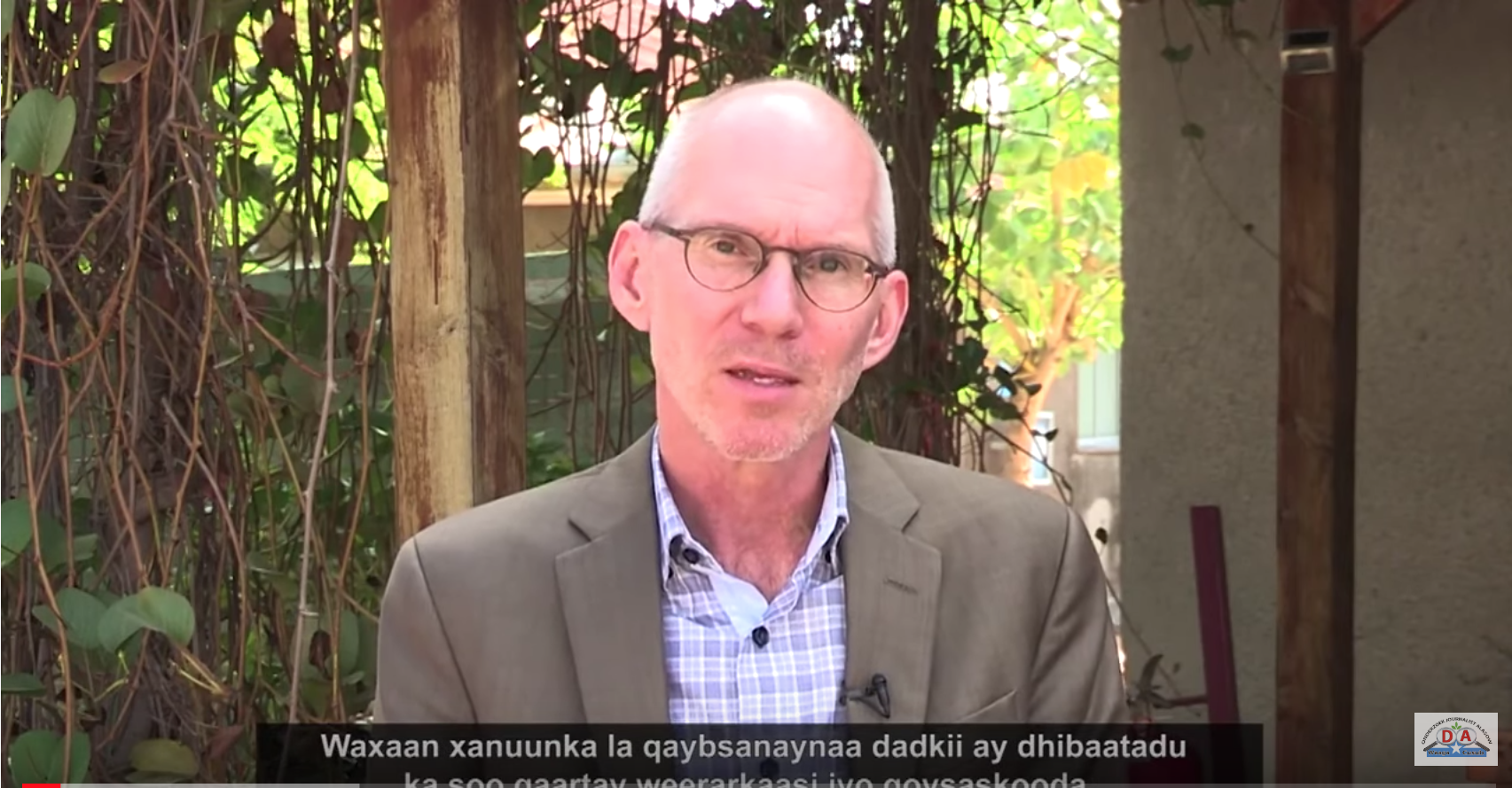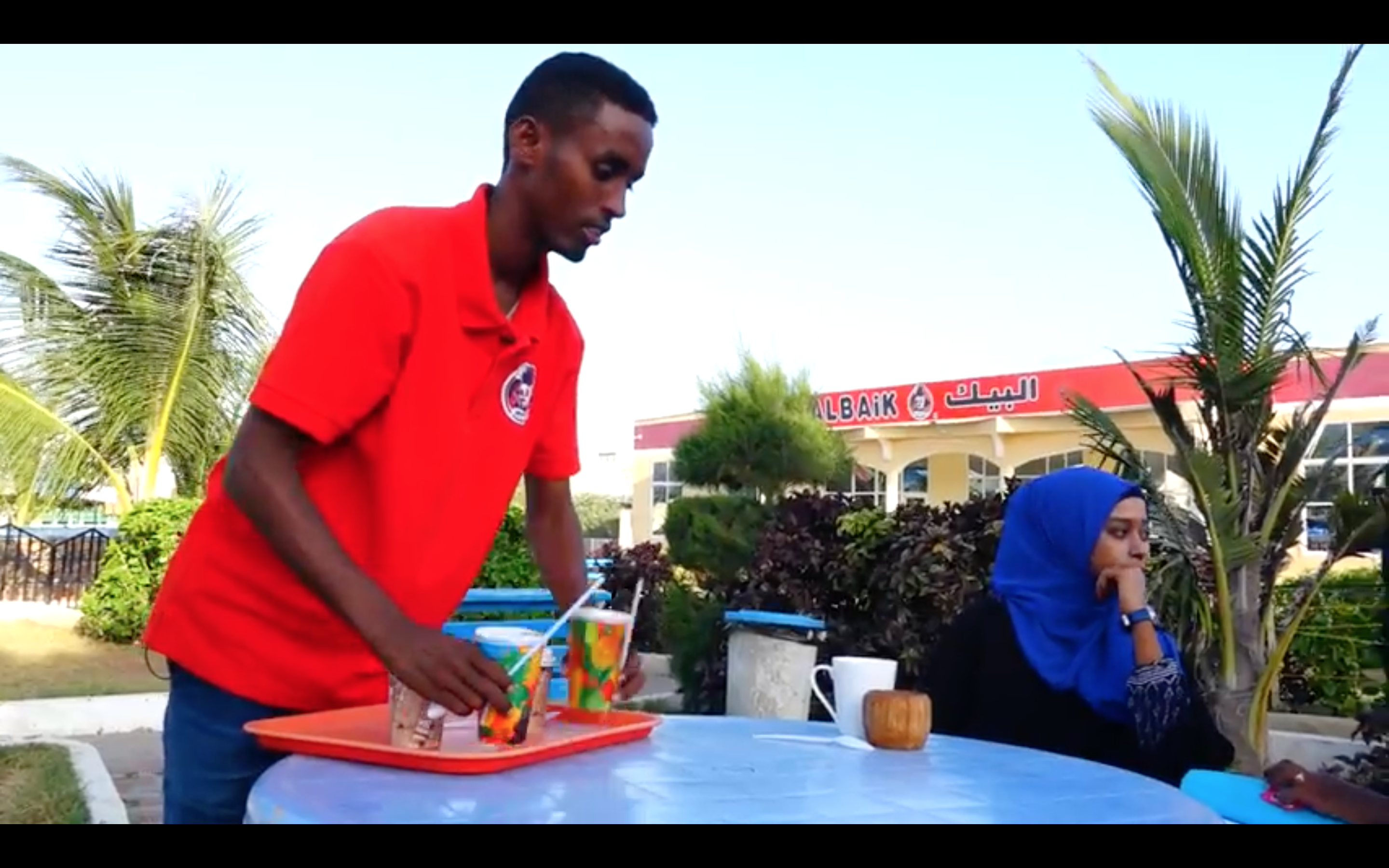
Somalia Report Weekly Newsletter - Volume 22
Mogadishu (Sunatimes) It was a long time coming,
butKenyahas finally had
enough of the chaos spilling over its borders fromSomaliaand sent in the military to pursue al-Shabaab. While
Kenya hopes to secure its borders and protect its vital tourist industry, the
move opens up a giant can of potentially very wriggly worms for the Kenyans.
Kenya has long suffered the effects of two decades
of unrest in Somalia. Dadaab refugee complex has been growing steadily since
the early 1990s, now standing at over 400,000 residents, making it the
second-largest settlement in Kenya. Al-Shabaab militants have crossed the
border freely, and thenorth-easternregions
have long been a source of concern. Kenya attempted - unsuccessfully - to deal
with the issue by training militia to fight in the borders, and backing the
creation of the autonomous Azania region from Gedo, Middle Juba and Lower Juba.
However, it took a series of kidnaps and murders:
the taking of British tourist Judith Tebbutt and the killing of her husband
David, as well as the kidnap of Frenchwoman Marie Dedieu, who died in
captivity, from the coastal area of Lamu; and the seizure of two Spanish aid
workers from Dadaab, to finally spark Kenya into action.
Kenyan forces have madestrong initial gains,
advancing as far as Qoqani before getting bogged down in the mud, and helping
the TFG take Ras Kamboni - the coastal area in southern Somalia where al-Qaeda
fighters had been based.According to Kenya's army spokesman, the seizure
of Ras Kamboni will allow the Kenyan forces to push on to the insurgent base of
Kismayo, where they hope to begin destroying the command structure of the
insurgents and prevent further attacks on tourist resorts along the coast.
The early gains make it look as though the push
could be a success, but al-Shabaab appears to be withdrawing to marshal its
forces, and Kismayo and other towns along the way will not be taken without an
almighty fight. Al-Shabaab has already shown what it can do in the battle for
Daynile inMogadishu, which is still
ongoing, by ambushing reinforcements on the way to the front line and killing
dozens, including AU peacekeepers. The insurgents paraded the bodies in Elasha
Biyaha. Somalia Report did not run the graphic images, but you can view them atthis pro-al-Shabaab websiteif
you want evidence.Kenya's forces may be well-equipped and well-trained,
but this is their first time in a real battle, and it remains to be seen if
they can keep up the pace.
Of wider concern to Kenya is the increased
possibility of suicide attacks inNairobiand on tourist resorts. Al-Shabaabmade just this threat, and
has already shown it is capable of carrying out attacks outside Somalia's
borders with the twin blasts inKampalalast year.
It would take a while to put together a big
attack in Nairobi, where there are many soft targets, including shopping malls
where UN and NGO workers unwind, but the group could also go quick and dirty.
We have already seen from the Dedieu and Tebbutt kidnappings that small boats
can reach Kenya's coastal tourist industry. A speedboat stuffed with
AK-47-wielding gunmen could claim high casualties in one of the many upscale
resorts dotting the coast. Kenya's seizure of Ras Kamboni, and its plan to
advance up the coast, may reduce that risk, but without an effective naval
force Kenya is still vulnerable from the sea.
Then there is the risk of Kenya's incursion
boosting flagging support for al-Shabaab. Ethiopia's 2006 invasion was widely
credited with sparking support for al-Shabaab, before people got sick of their
hardline stance, and Kenya must tread carefully, minimizing civilian casualties
and ensuring it doesn't overstay its welcome. Kenyan military officials have at
least indicated they are aware of what happened whenEthiopiacame barging in, but they are walking a fine line,
particularly as ordinary Somalis arealready splitover the presence of Kenyan boots on Somali soil.
Kenya's decisions to launch acrackdown on suspected al-Shabaab
sympathisersin Nairobi
could have similar repercussions if they are not careful who they target,
pushing many of the community into backing al-Shabaab and increasing the
chances of bombings in the Kenyan capital.
We are also hearing from insiders that Ethiopia,
which already has forces in the border regions, could launch a push for Baidoa
in coordination with the Kenyans. Ethiopia is still extremely unpopular, and
this would not go down well with most Somalis. It also raises questions over
what happens next should al-Shabaab be ousted. While Kenya has been supporting
Azania, Ethiopia has its own rival dog in the fight in the border regions.
Tensions could follow.
While all of this conventional fighting has been
going on, al-Shabaab has continued with its renewed campaign of bomb blasts in
Mogadishu, following on from the suicide attack that killed around 100 at a
government building. First, a suicide bombertargeted the foreign ministrywhile a high-level Kenyan delegation was in
town.Casualties were minimal as the Kenyans weren't there and the
building was empty as it is being refurbished. Then alandmine targeting TFG soldierswounded two children.
The upshot of all this blather is that, while
Kenya's entry into the picture on a large scale looks like changing the course
of the conflict, al-Shabaab are far from a spent force, and it is likely to be
weeks, if not months, before a clear idea of where Somalia is going emerges.
Piracy
Meanwhile, Marie Dedieu - whose kidnapping was
one of the sparks for the invasion -has diedwhile in the hands
of the Somali gunmen who took her from Lamu. Her death was not unexpected, as
the 66-year-old French woman was tetraplegic, had suffered from cancer, had
heart problems and was on anti-depressants. Despite all these health problems,
the pirates took her without her wheelchair, and failed to give her the
wide-ranging list of drugs she needed daily to keep her alive.
You would think kidnapping such a frail woman was
despicable enough, but the group who took her are aiming for new lows in the
already unpleasant kidnap industry. They want toransom her dead body.It
is hard to imagine anything more distasteful, and no amount of words can
express the disgust we feel at this move.
On the wider piracy front, it was once again a
dry week for the criminal gangs, with no ships successfully taken back to
pirate dens to boost to the dwindling pot being held for ransom.For full
details on the failed hijackings and the IMB's news that successful pirate
attacks are still falling, please see ourweekly piracy report.
Special Features
This week, our publisher, Robert YoungPelton, took time out from speaking at an anti-piracy
conference inSwedentopick apart a reportclaiming $55 billion has been thrown at Somalia with
little tangible effect.As ever, Robert does not pull his punches, and
considering he is a rather large man with meaty fists and the facial hair of an
early 20th-century pugilist, the blows are rather severe.
Finally, just a reminder that we are recruiting a
new Managing Editor. We have had healthy interest so far, but there is always
room for top-quality candidates. If you want to throw your hat in the ring, the
job specification can be foundhere.
We wish you a great weekend, and will catch up
with you all next week.
Regards,
The Editor
Leave a comment
| Copyright © 2009 - 2025 Sunatimes News Agency All Rights Reserved. |
| Home | About Us | Diinta | Reports | Latest News | Featured Items | Articles | Suna Radio | Suna TV | Contact Us |
 3
3 









Somalia Report Weekly Newsletter - Volume 22
Issue 1, Volume 22 Dear Readers,